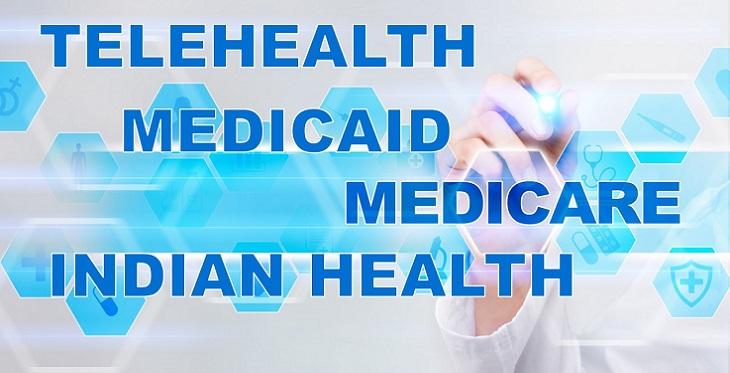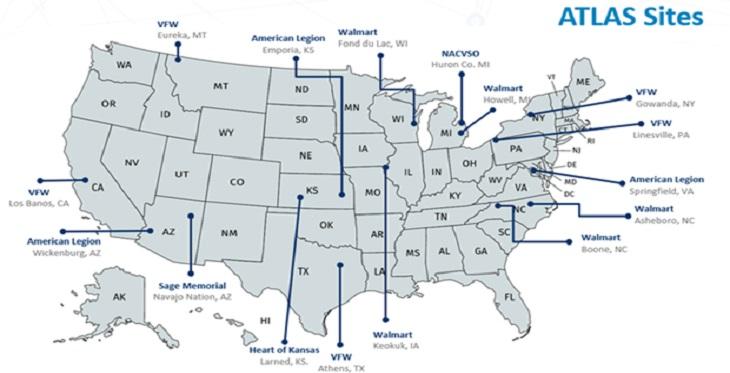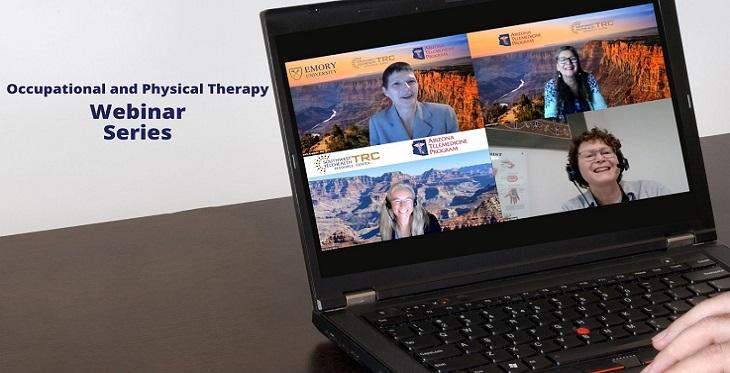Medicare and Medicaid – two important programs for paying for health care for American Indian and Alaska Native (AI/AN) people. As we near the end of the COVID-19 Public Health Emergency (PHE), it’s going to be important to understand the differences between these programs and how they may impact reimbursements for telehealth services moving forward. Understanding these differences will be important for understanding the next steps for continuing to get reimbursed and any challenges that may be encountered in that process.
Southwest Telehealth Resource Center Blog


After a Veteran gets milk from the dairy aisle, and some bread from the bakery section, he stops at the ATLAS pod in Walmart and has a healthcare visit with his/her mental health, specialty, or medical provider.

According to a recent study, one in five adults polled about health care during the coronavirus pandemic said that they or someone in their household delayed receiving medical care or were unable to get care, due to office closures or shutdowns.
Although the pollsters focused questions about doctor or dental appointments, providers across the board experienced disruption in their specialty areas, including Peggy Stein, OTD, OTR/L, CHT, an Occupational Therapist in Oregon.

We’ve all seen lots of reports from a variety of source documenting how telemedicine use has skyrocketed during the COVID public health emergency. There have also been many subsequent reports on the significant disparities in access to and use of telemedicine that were revealed and/or exacerbated by COVID. A simple search of Google Scholar brings up thousands of articles from around the world summarizing digital divide and related challenges that have been exposed, and many of them highlight some very creative strategies to help address and reduce barriers to telemedicine care. How can we offer a telemedicine option to someone who does not own a digital device? To someone who does but must choose between using their minutes to support their child’s remote school classes or see their doctor? Or someone who has access to the Internet but at limited bandwidth?

In hopes of sparking renewed commitment to applying improvement science to telehealth, we offer this Telehealth QI and QA Miniseries. Today is the fourth in the series.
Require expertise and excellence in telehealth service delivery. Expertise with telehealth requires deliberate practice which builds on or modifies existing skills, usually with the help and guidance of a coach or teacher with targeted feedback on what to improve and how to improve those skills.

